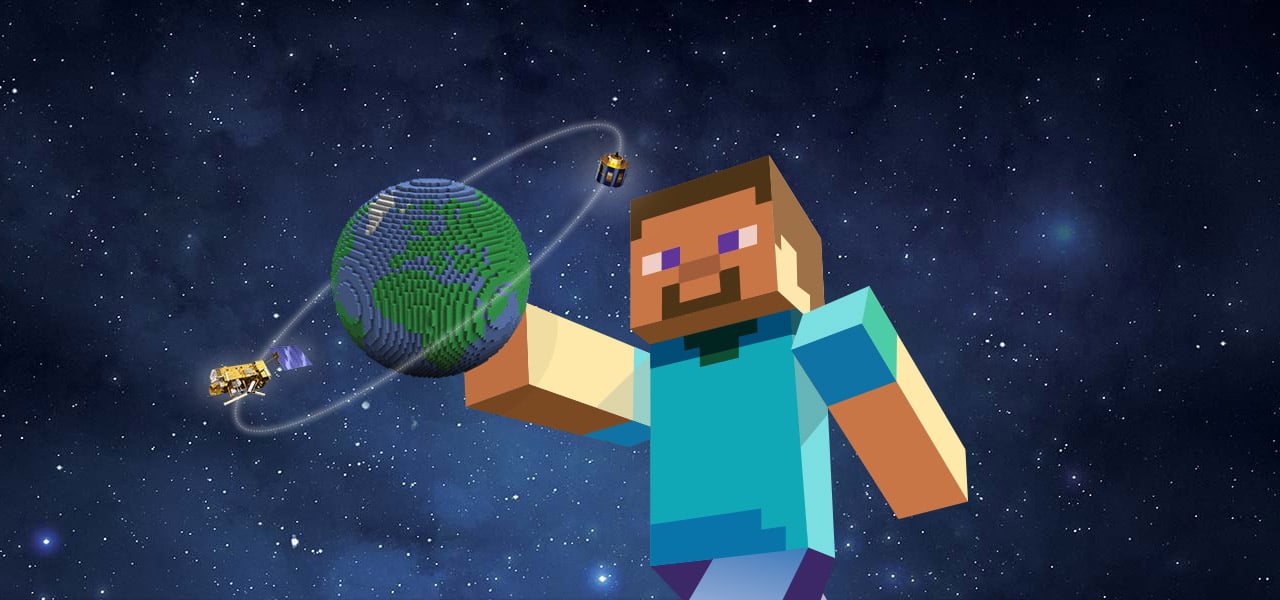The RMetS are delighted that, in the new core content for AS and A level geography announced at the end of the year, many of their recommendations for weather and climate have been included. As a result, many more students will study meteorology at this level.
Specifically;
9. Specifications must require students to demonstrate knowledge and understanding of the key areas of content listed below, and through this knowledge to understand that the carbon and water cycles play a key role in supporting life on Earth:
• the distribution and size of the most important stores of carbon on land, in the oceans and the atmosphere, and the factors driving change in the size of these stores over time and in space
• the pathways and processes which control the cycling of carbon within and between land, oceans and atmosphere at a range of time (seconds to millions of years) and space (plant to continental) scales. These processes must include (though need not be limited to) photosynthesis, respiration, decomposition, fossil fuel combustion, land use change, carbon sequestration in oceans and sediments, weathering
• the distribution and size of the most important stores of water on land, in the ocean, atmosphere and cryosphere, and the factors driving change in the size of these stores over time and in space
• the pathways which control cycling between land, ocean, atmosphere and cryosphere, and the processes which control transfers within and between them at a range of time (minutes to millennia) and space (hillslope to global) scales. These processes must include (though need not be limited to) evaporation and condensation, the formation of clouds and the causes of precipitation, runoff generation, catchment hydrology, water extraction and groundwater, land use change, cryospheric processes
• the links between the two cycles using climate as a key context for exploring these linkages and for developing and applying understanding of the role of feedbacks within and between the two cycles
The full core content may be found at:www.gov.uk.
